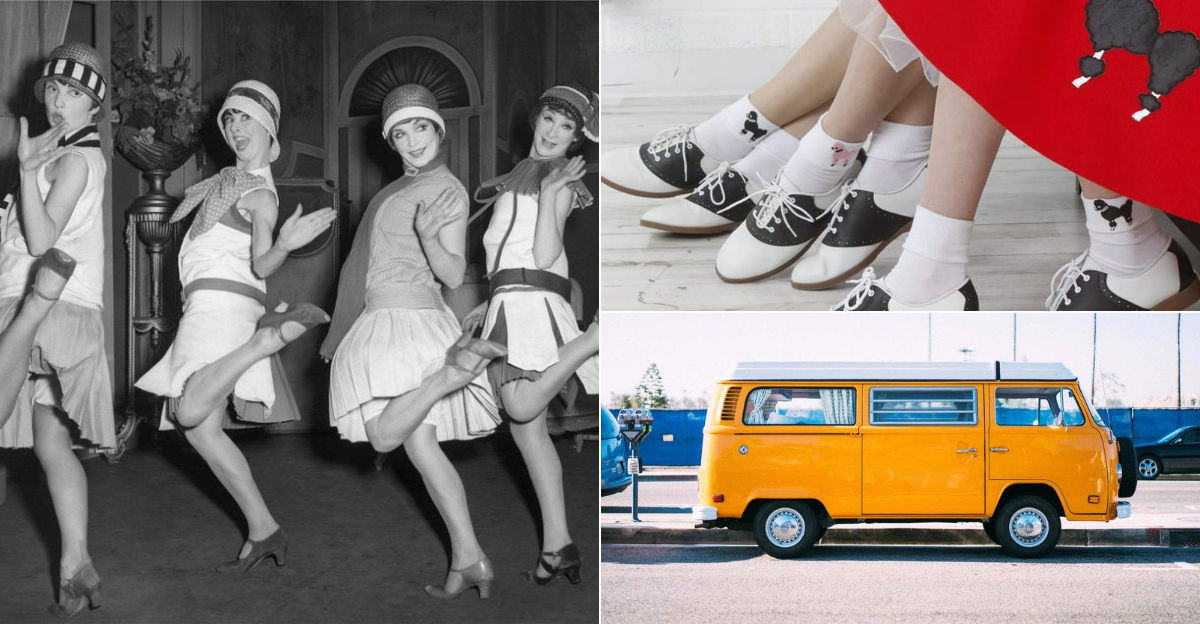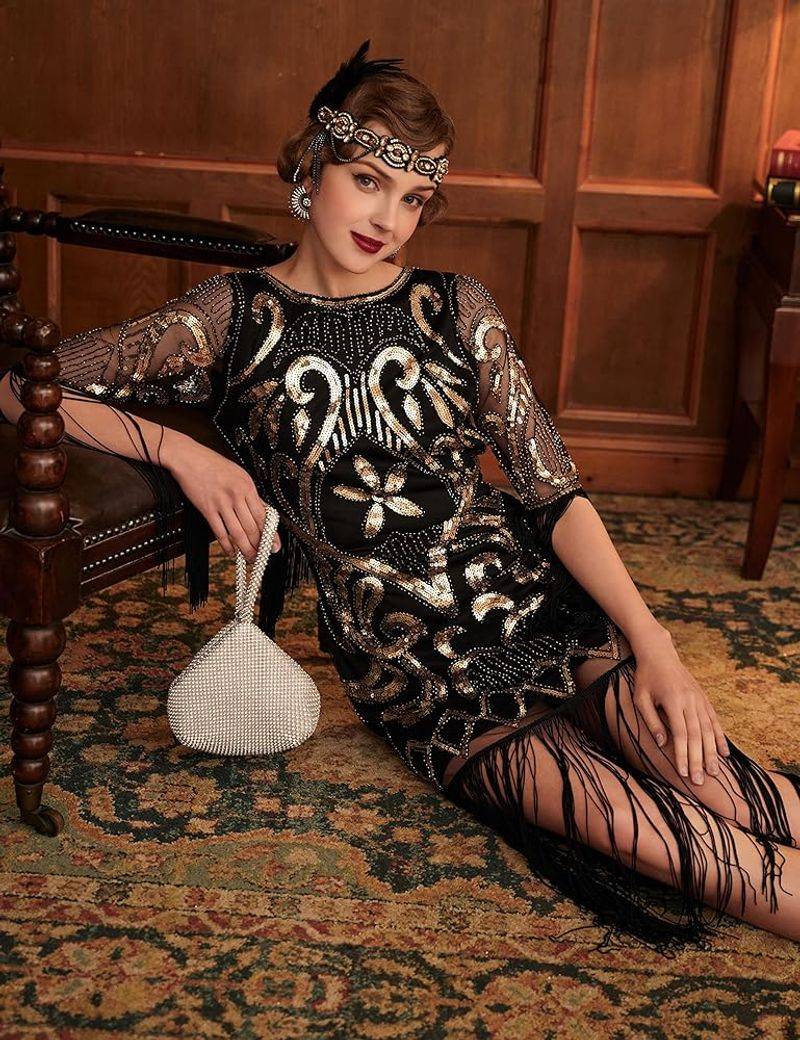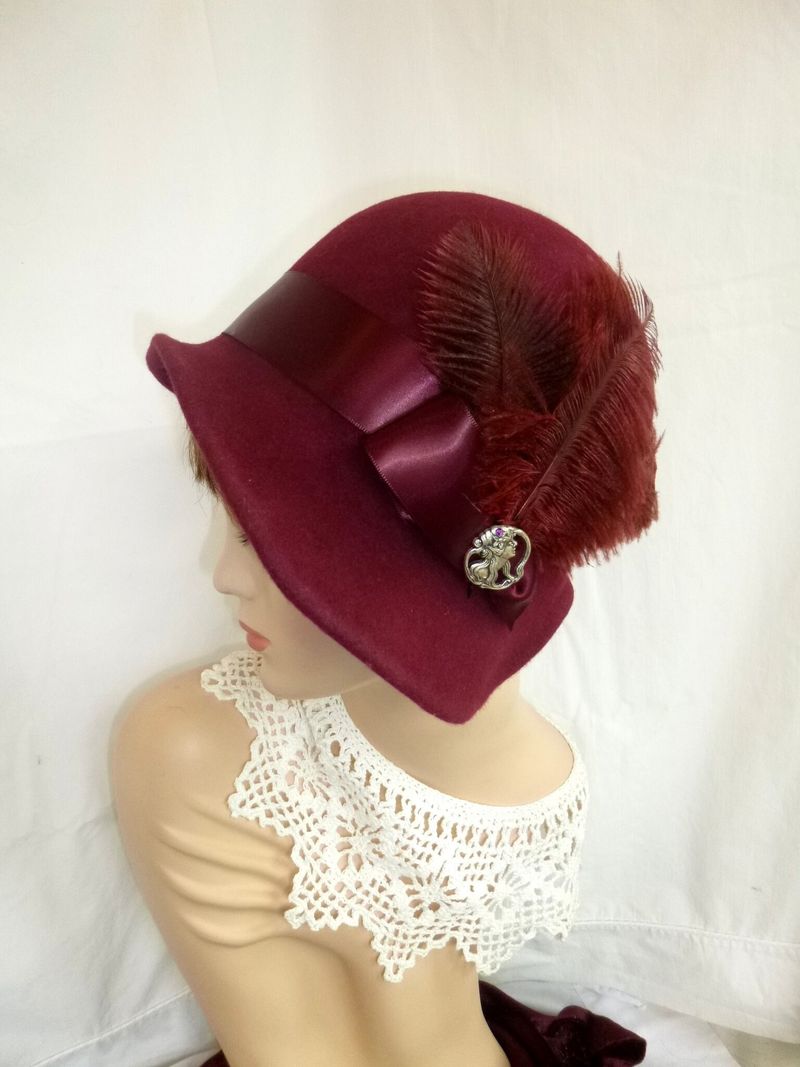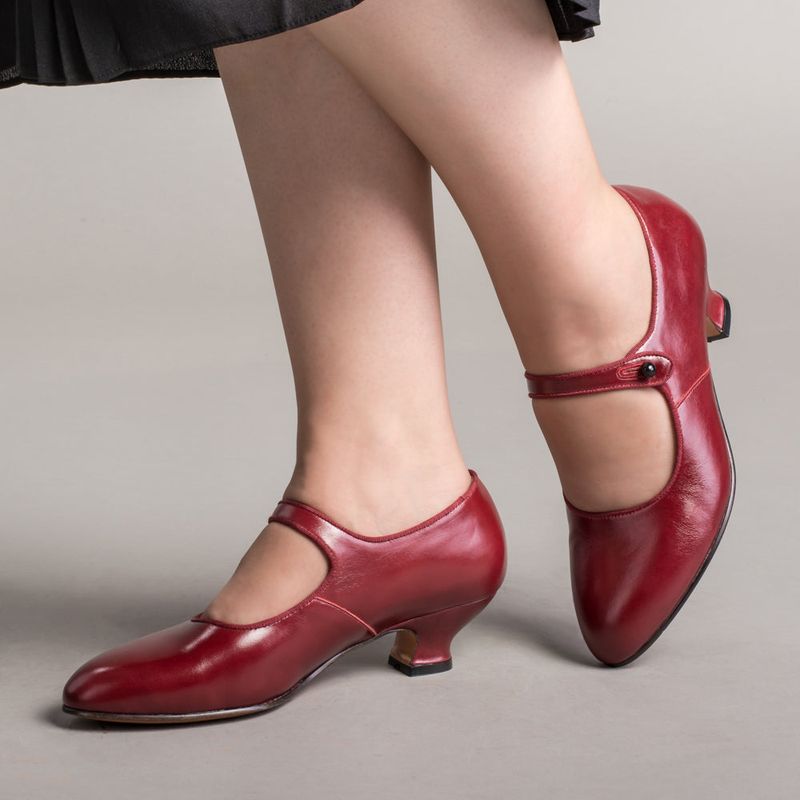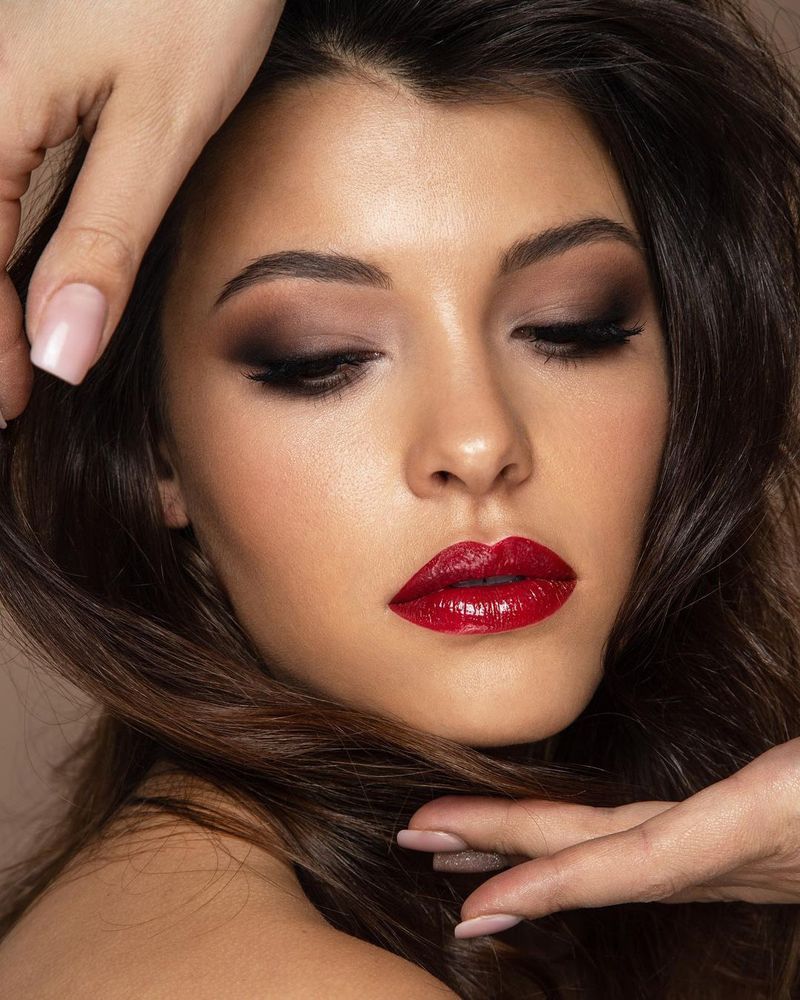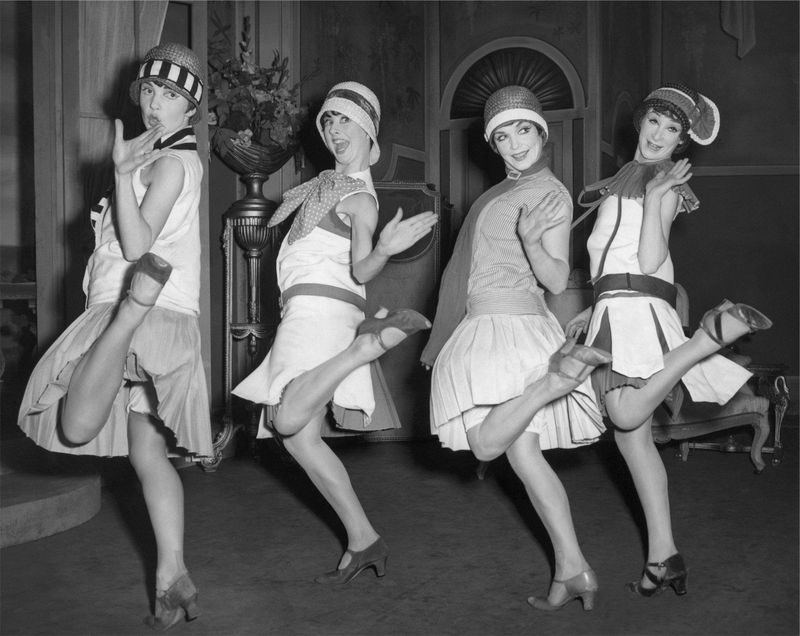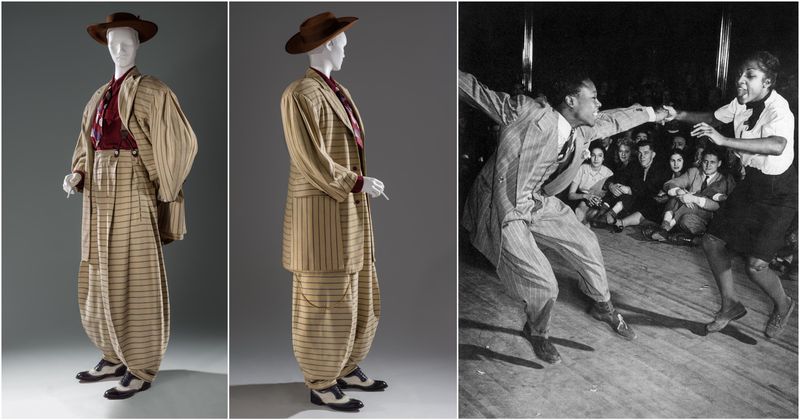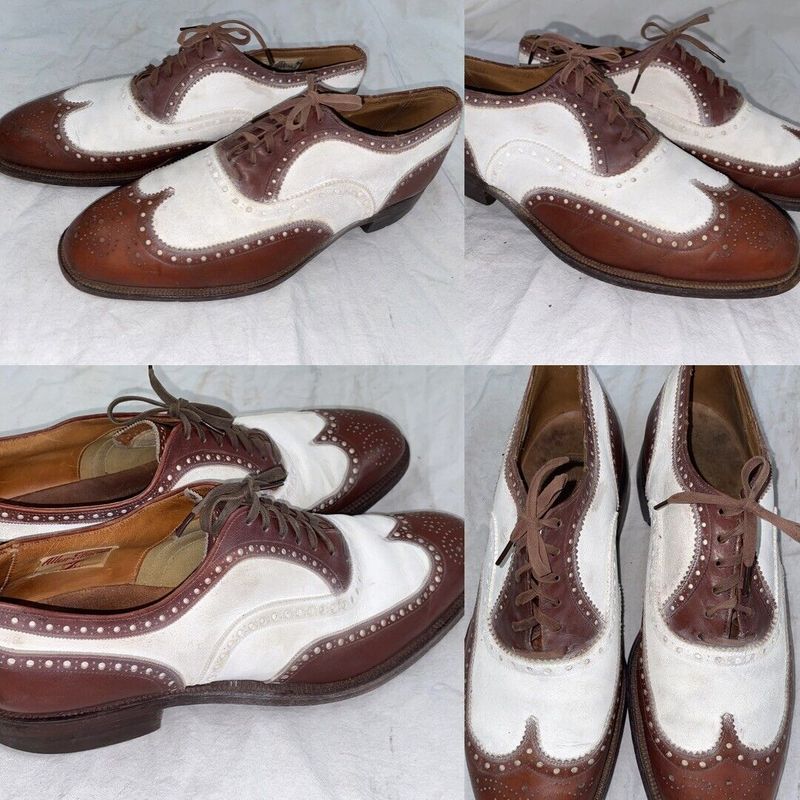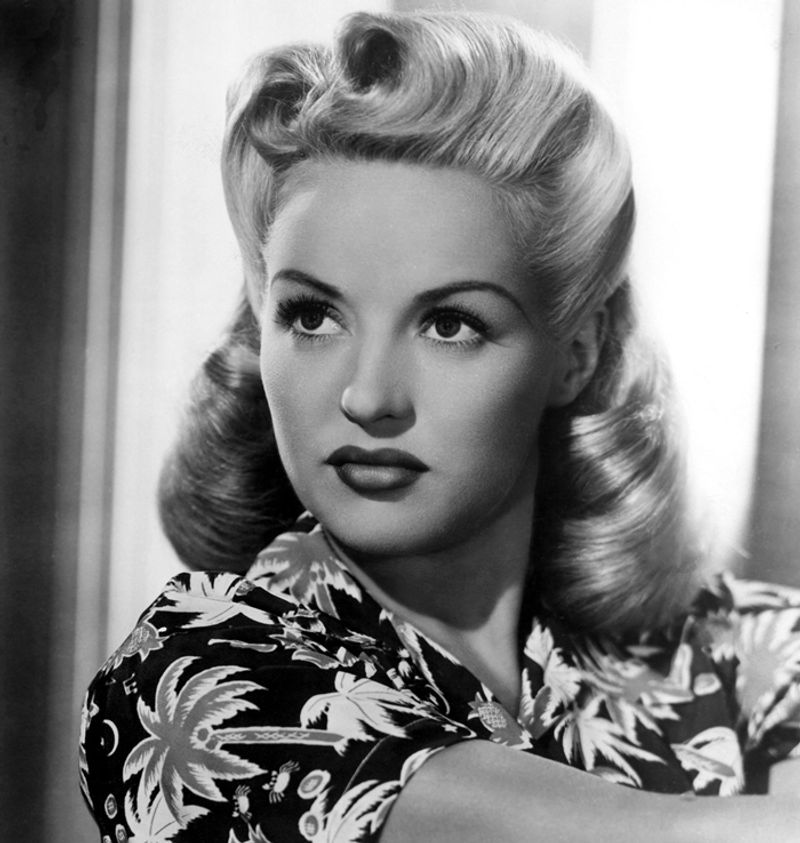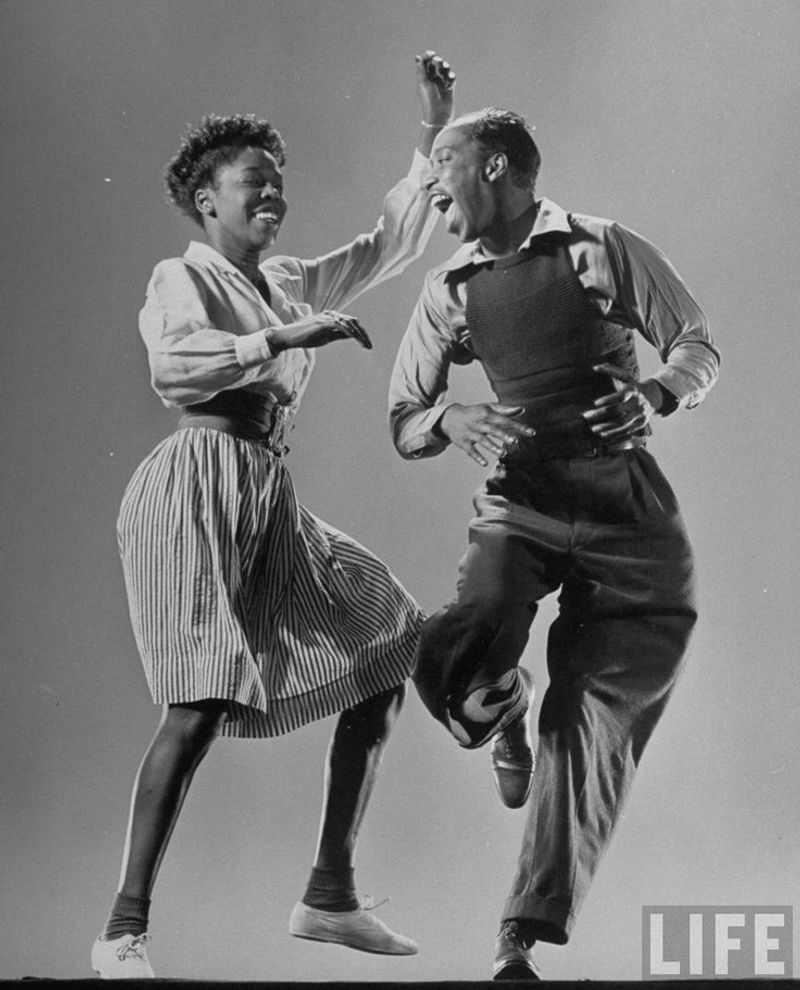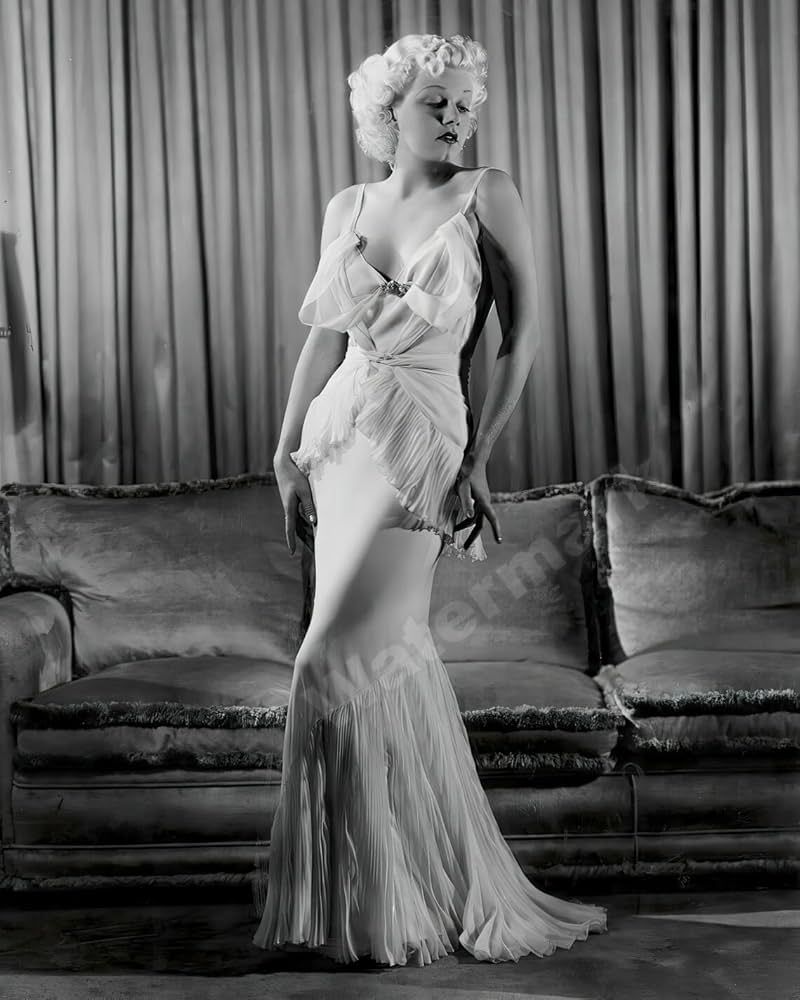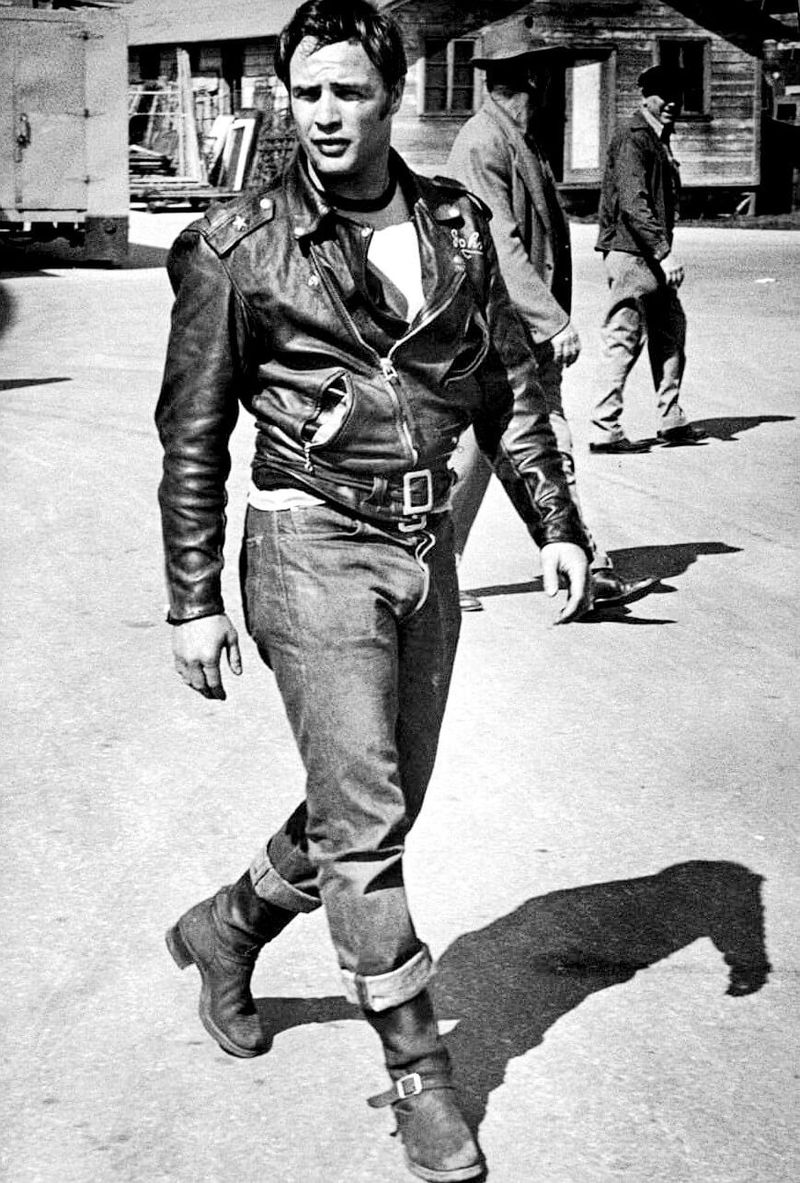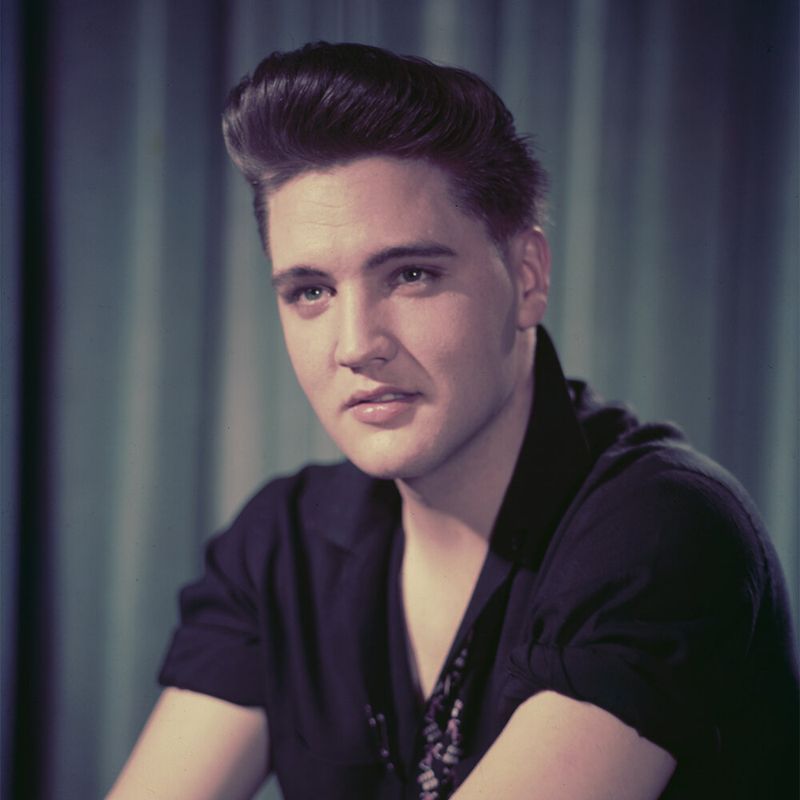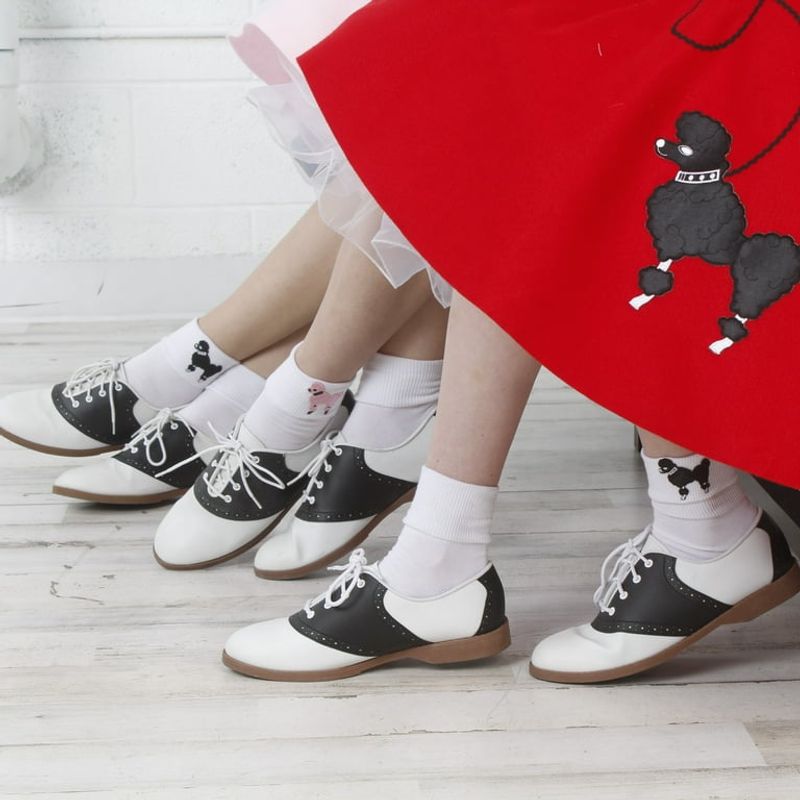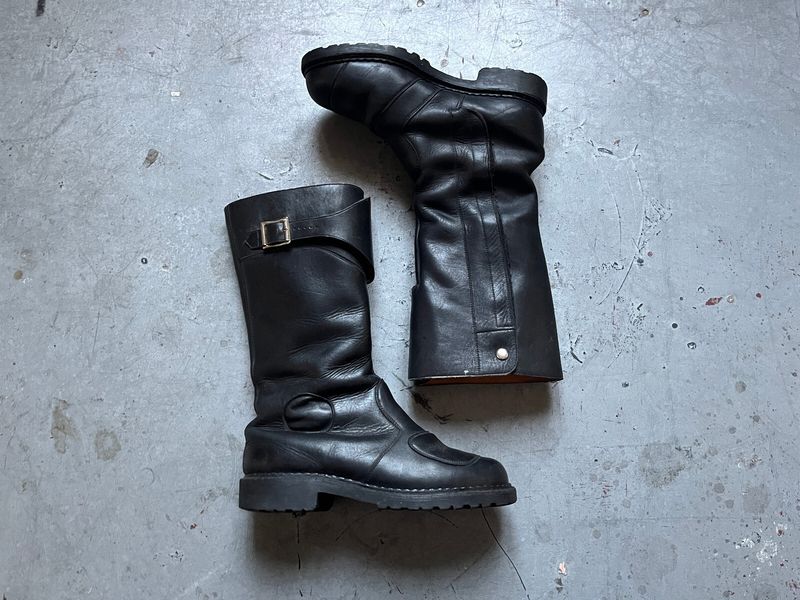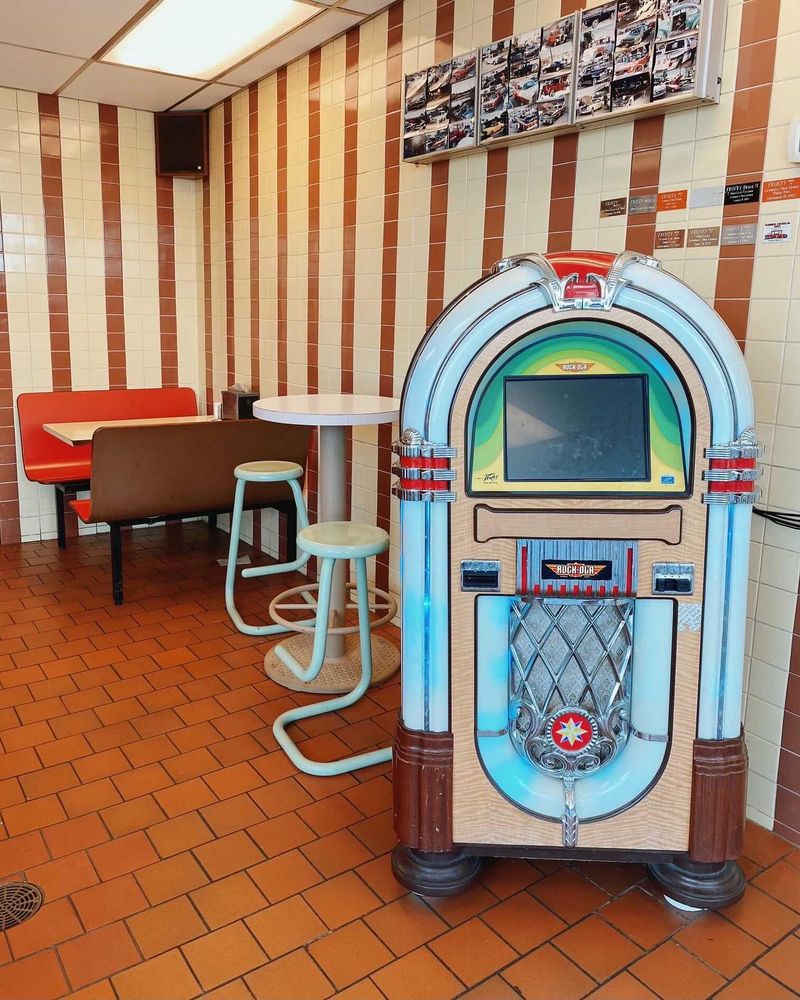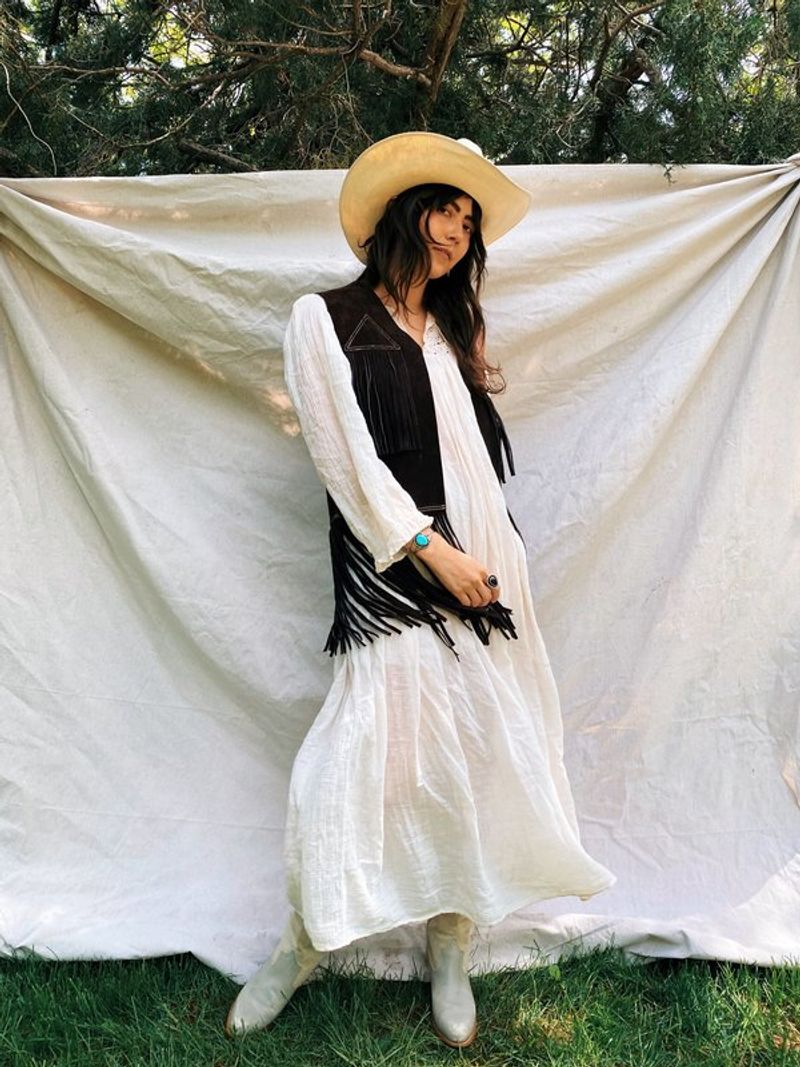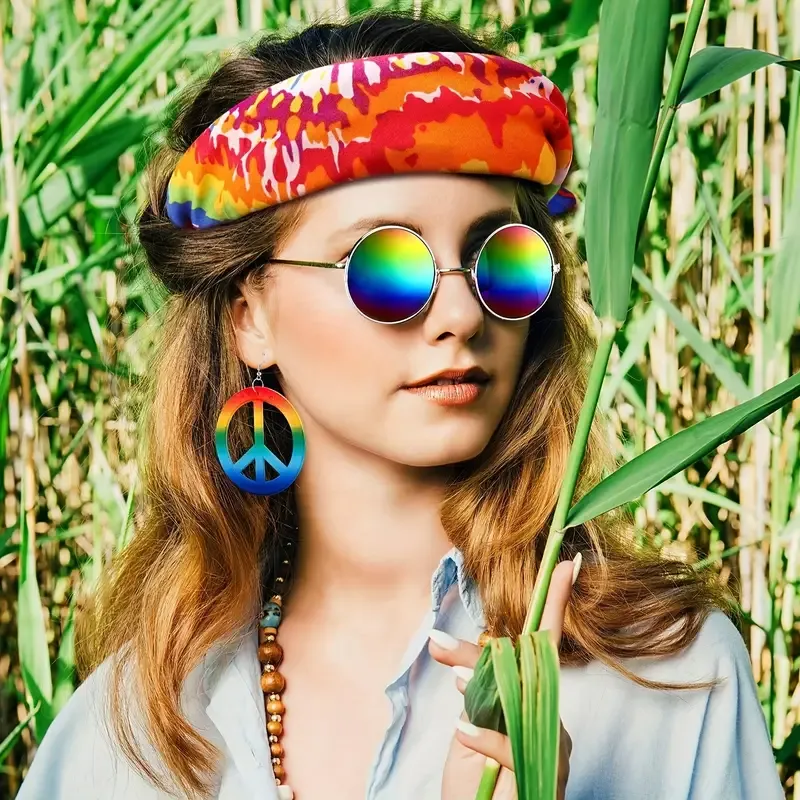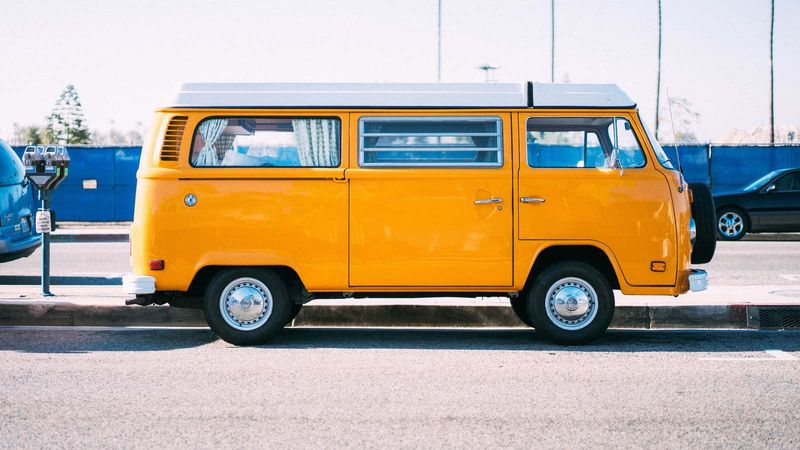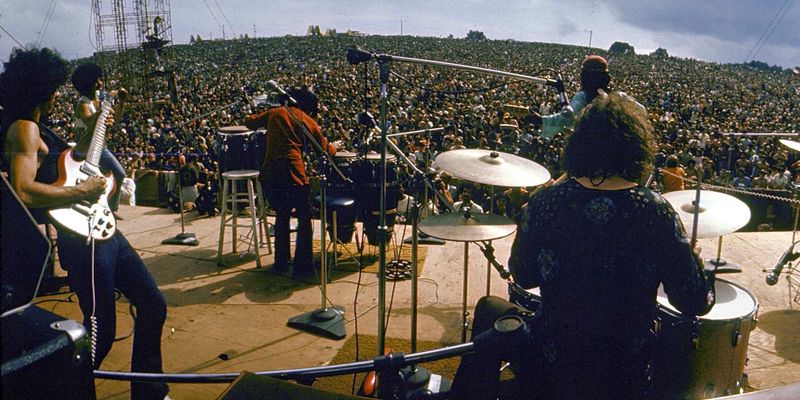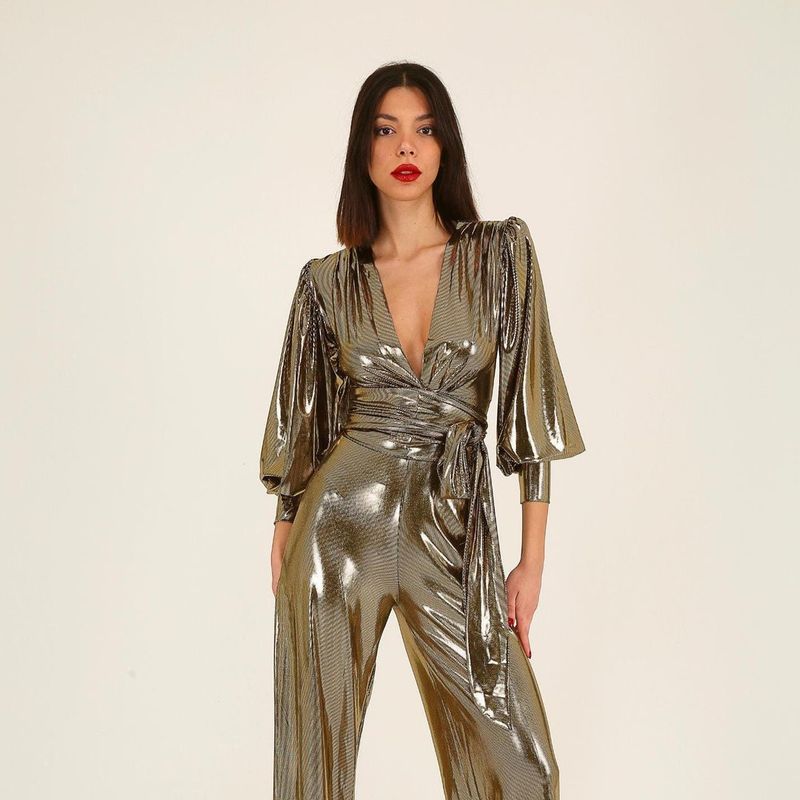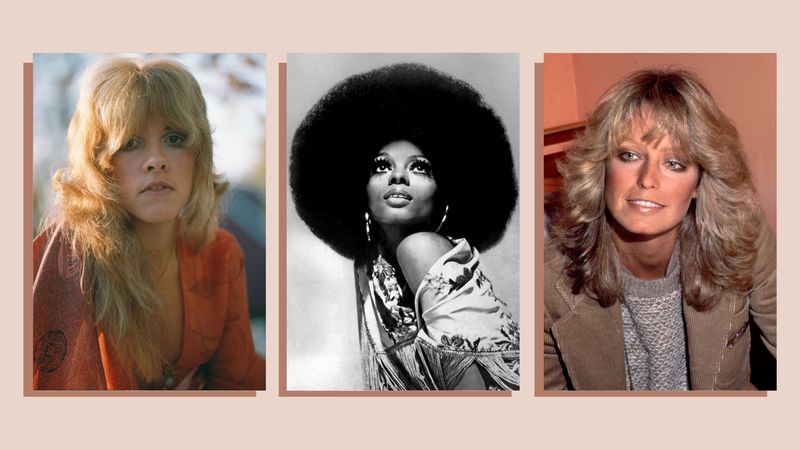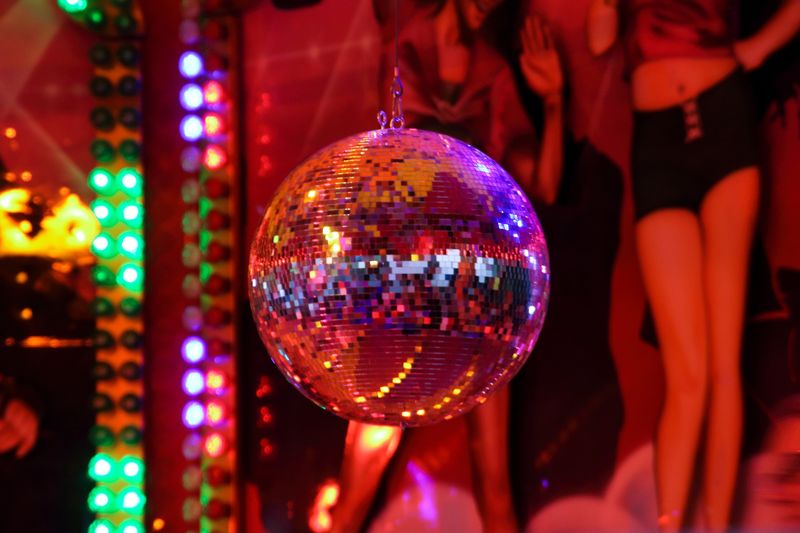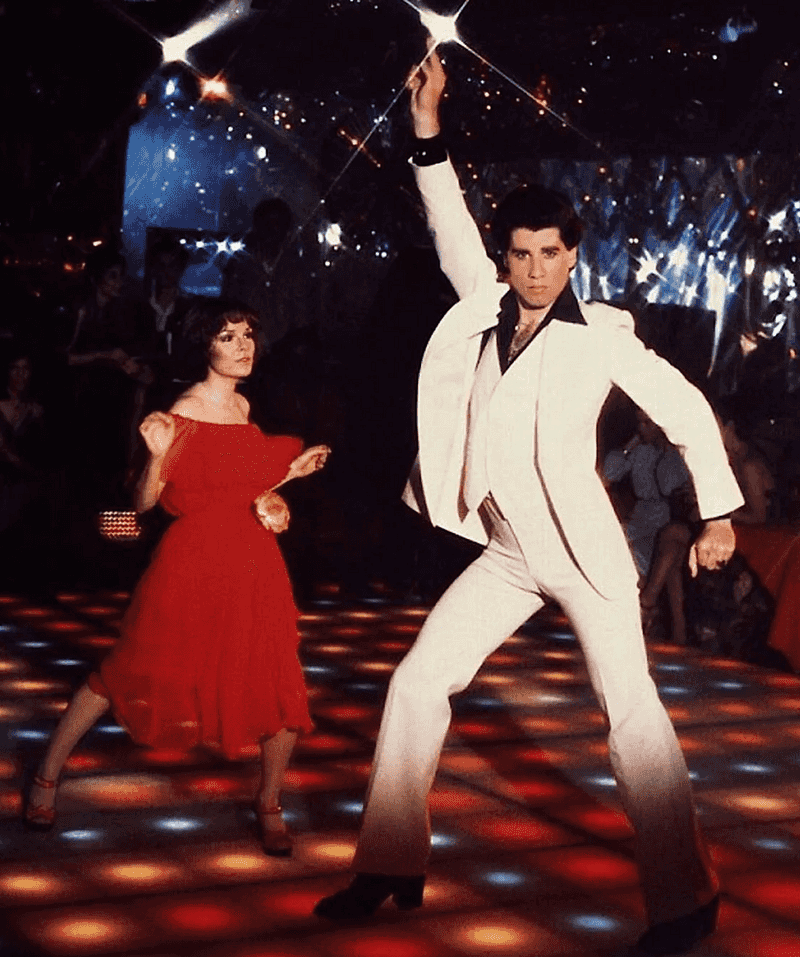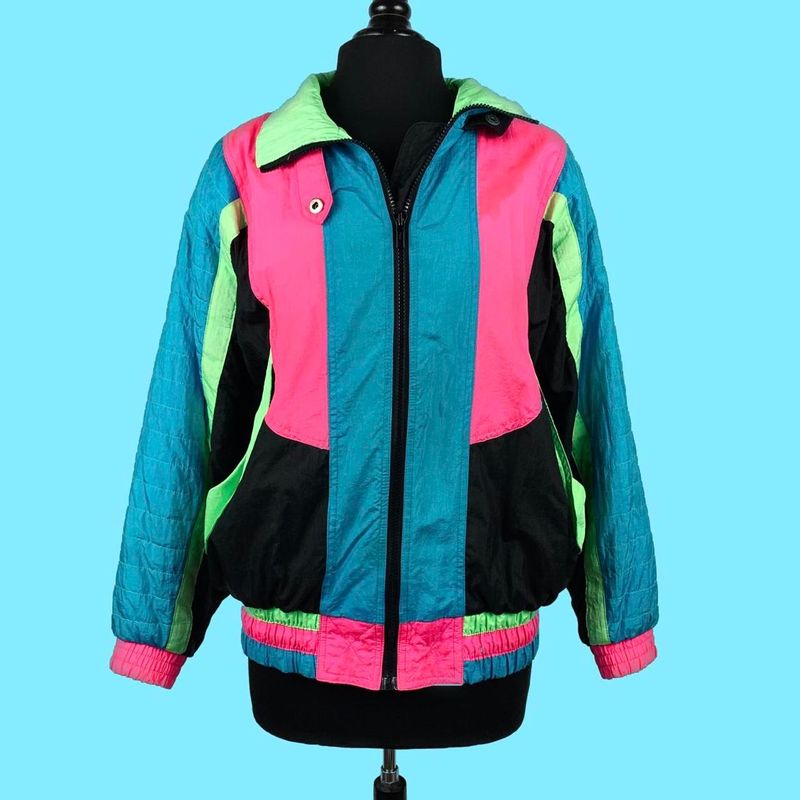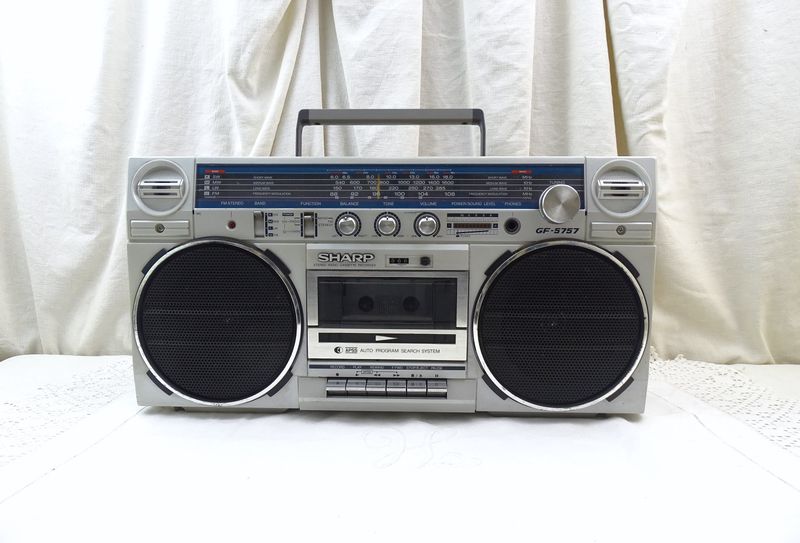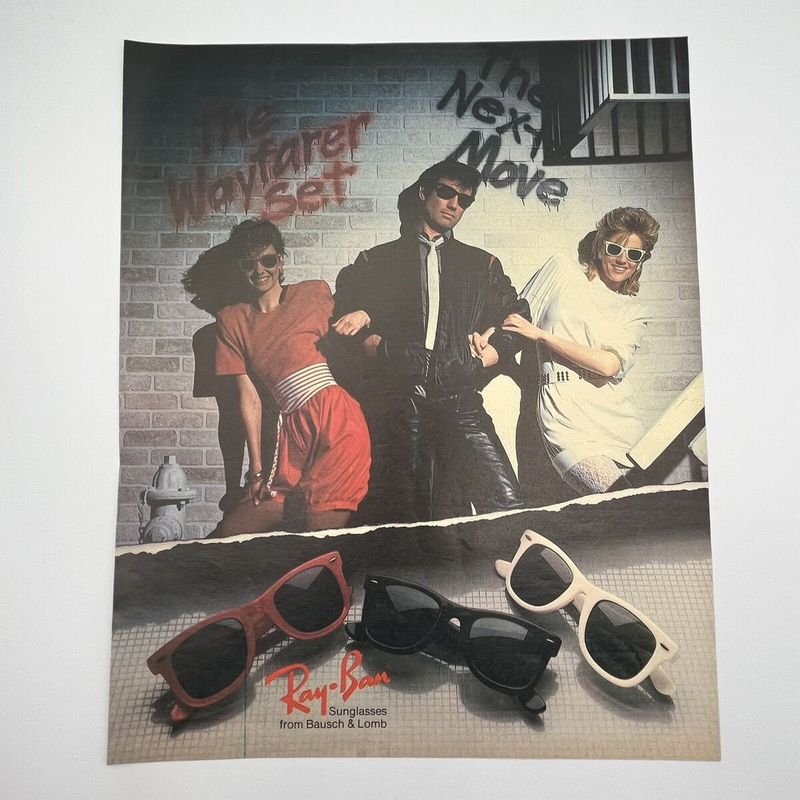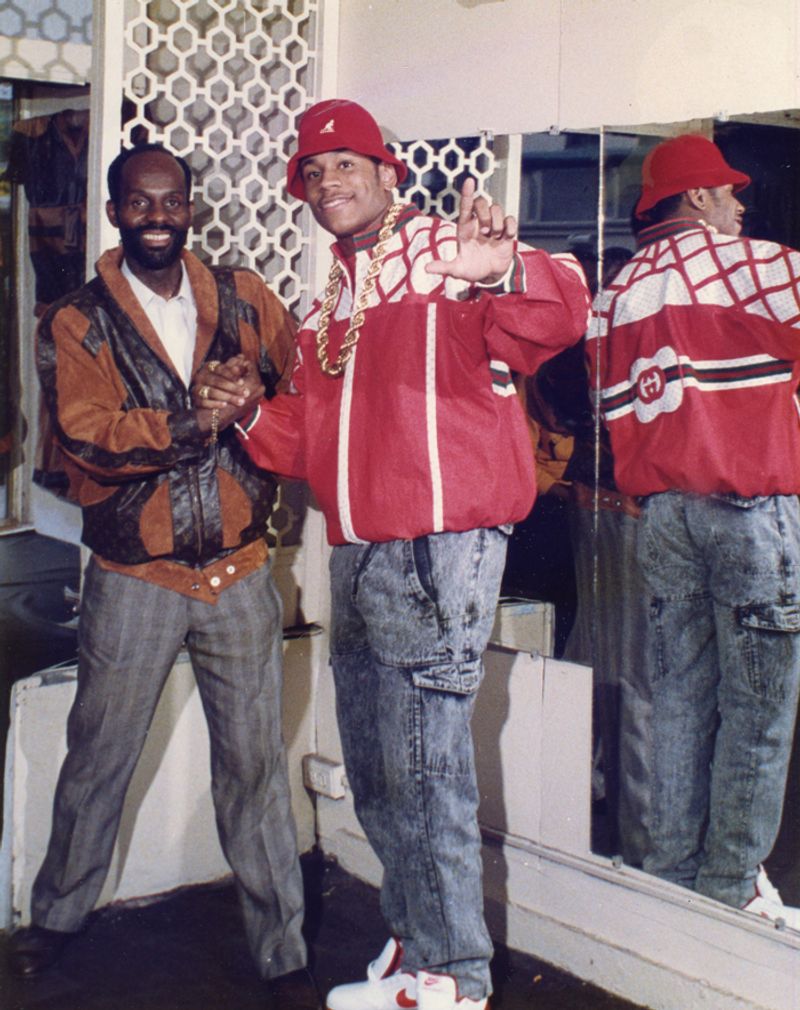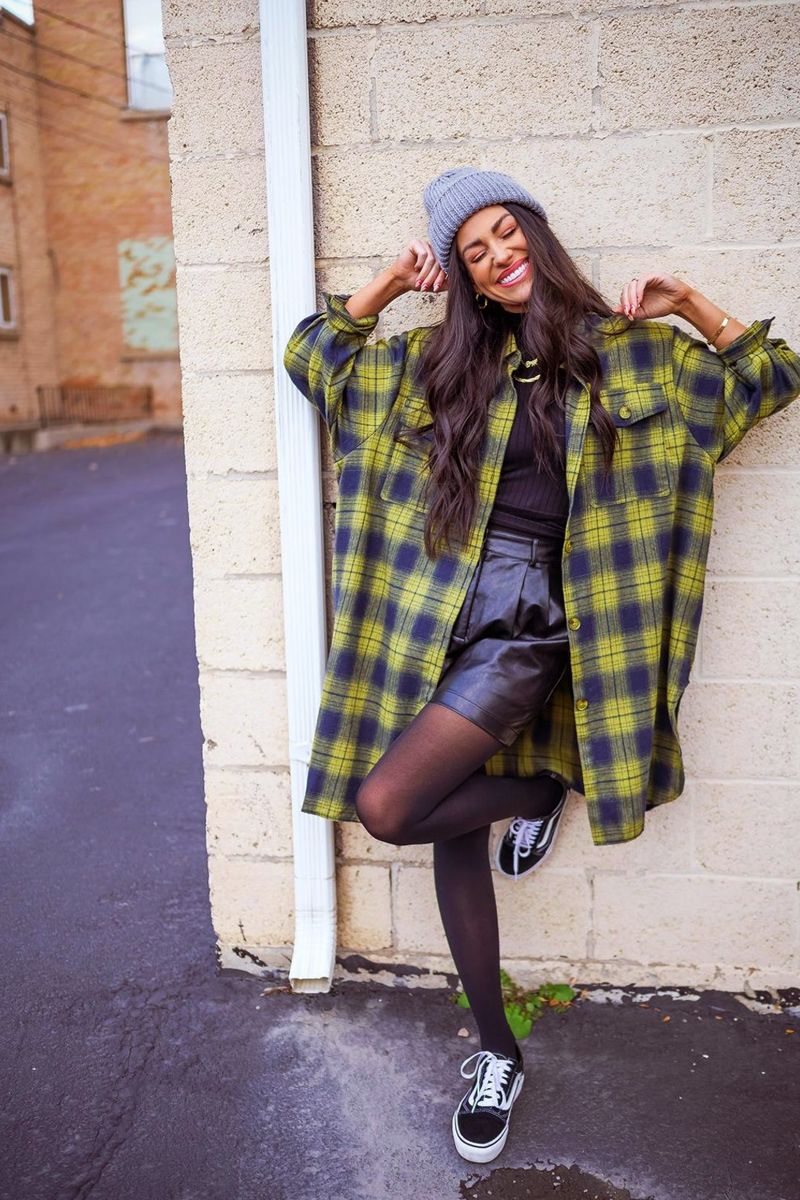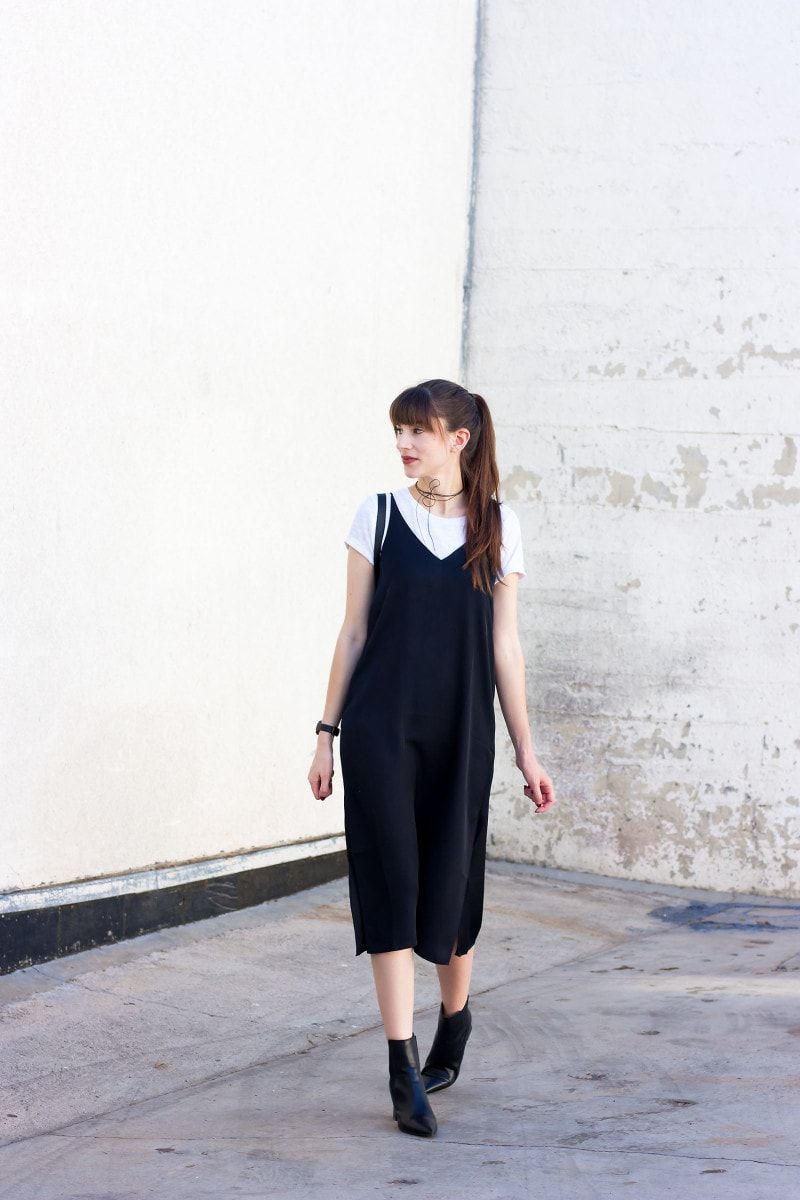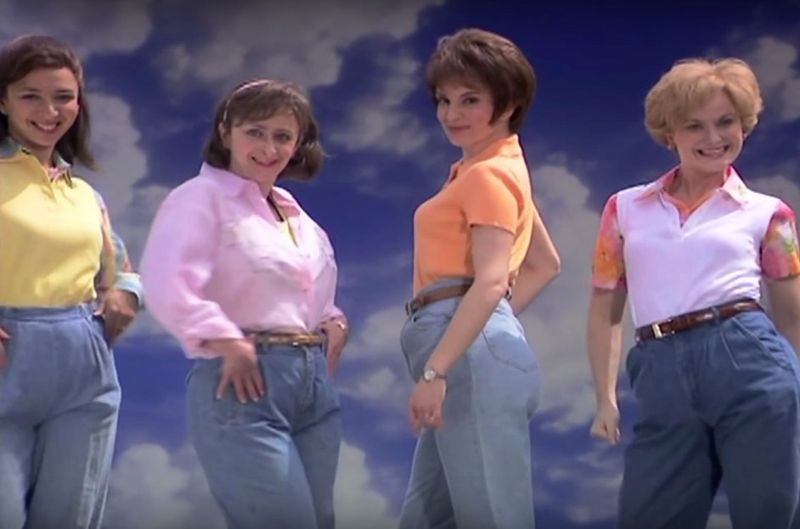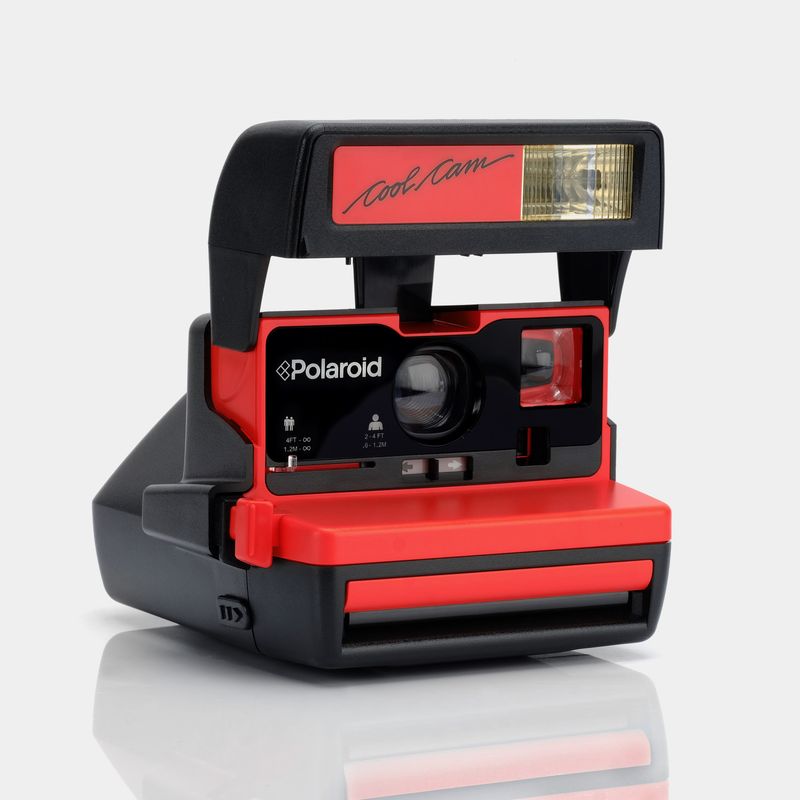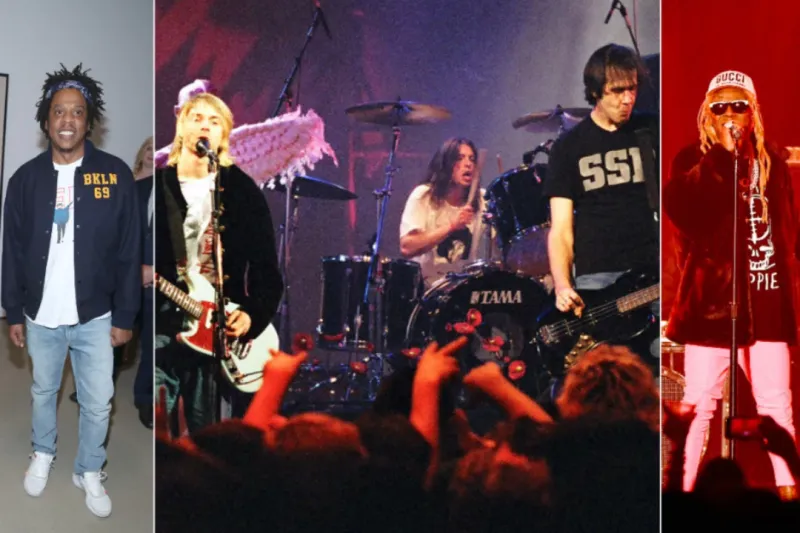Explore 35 iconic vintage trends that have left an indelible mark on U.S. lifestyle. From fashion to culture, these trends encapsulate the essence of different eras, each bringing its own unique flair and influence. Dive into the past and rediscover the charm and allure of these timeless styles that continue to inspire modern-day aesthetics.
1. Beaded and sequined fringe dresses
The 1920s saw the rise of the flapper dress, a symbol of liberation and elegance. Decorated with intricate beadwork and shimmering sequins, these dresses were designed to catch the light and twirl beautifully on the dance floor. Flappers, with their bold attitudes, embraced these dresses as a statement of freedom and rebellion against societal norms. As jazz music filled the air, these dresses became synonymous with the era’s nightlife and vibrant social gatherings. Whether adorned with feathers or delicate fringes, each dress told a story of individuality and the pursuit of joy.
2. Cloche hats and feather headbands
Cloche hats were the epitome of 1920s chic, perfectly complementing the bobbed hairstyles of the time. These bell-shaped hats hugged the head closely, often embellished with ribbons and feathers. Feather headbands also became popular, adding a touch of whimsy and flair to evening attire. Both accessories were a testament to the innovative spirit of the era, embracing both form and function. Women of all ages found in these trends an opportunity to express their style and sophistication, making the cloche hat and feather headband ubiquitous in the fashion world.
3. Mary Jane shoes & T-strap heels
Mary Jane shoes, with their distinctive strap over the instep, became a staple in women’s wardrobes during the early 20th century. Originally designed for children, they quickly evolved into a fashionable choice for women seeking comfort and style. T-strap heels followed suit, offering a delicate yet supportive design perfect for dancing. These shoes embodied the practicality and elegance of the era, suitable for both daywear and evening outings. With sturdy heels and stylish finishes, Mary Janes and T-straps captured the playful yet sophisticated spirit of the times.
4. Dark red lipstick and smokey eyes
The allure of dark red lipstick and smokey eyes became a defining beauty trend in the early 20th century. Women sought to emulate the sultry glamour of silver screen icons, using rich, deep shades of red to make a bold statement. Smokey eyes, created with kohl and shadow, added drama and mystery to the look. These makeup choices were not just about appearance; they represented empowerment and a new standard of femininity. As women stepped into more public roles, this combination of lipstick and eye makeup became a symbol of confidence and allure.
5. Charleston dancing & speakeasy culture
The Charleston dance, characterized by its lively and infectious energy, became the dance craze of the 1920s. Its playful kicks and spins were perfectly suited to the clandestine speakeasies where jazz thrived. These hidden bars were the heart of social life during Prohibition, offering a place where people could escape and indulge. The speakeasy culture was rebellious and exciting, fostering a sense of community and freedom. The Charleston, with its vibrant moves, encapsulated the spirit of this era, bringing people together in joy and defiance against the restrictions of the time.
6. Oversized zoot suits with wide-leg pants
Zoot suits, with their extravagant size and style, became a symbol of cultural pride and resistance in the 1940s. Characterized by high-waisted, wide-leg pants and long coats with large lapels, these suits defied the conservative fashion norms of the time. Popular among African American, Latino, and Italian American communities, zoot suits were worn as a statement of identity and defiance. Accompanied by jazz and swing music, they represented the bustling urban nightlife and the vibrant cultural melting pot of the era. The zoot suit remains an iconic representation of individuality and rebellion.
7. Wingtip shoes and fedora hats
Wingtip shoes and fedora hats became synonymous with sophistication and suave style during the 1940s. Wingtip shoes, with their decorative perforations and unique design, were favored for both formal and casual occasions. Paired with fedora hats, which offered a touch of mystery and elegance, this combination was the epitome of male fashion. The fedora, often tilted at a rakish angle, added a sense of charisma and confidence. Together, these accessories defined an era of classic style and timeless appeal, leaving a lasting mark on men’s fashion.
8. Victory rolls and pin-up hairstyles
Victory rolls, with their iconic curls and twists, became a signature hairstyle during the 1940s. Inspired by the victory gardens of World War II, this style embodied both beauty and patriotism. Women also embraced pin-up hairstyles, characterized by soft curls and waves, to capture the allure of Hollywood stars. These hairstyles required skill and creativity, often achieved with the help of hairpins and setting lotion. They represented a blend of practicality and glamour, allowing women to express themselves in a time of change and uncertainty. Victory rolls remain a timeless symbol of vintage charm.
9. Swing dancing (Lindy Hop, Jitterbug)
Swing dancing, particularly the Lindy Hop and Jitterbug, swept through dance halls in the 1930s and 1940s. Known for its high energy and spontaneous movements, swing dancing became a beloved pastime during the swing music era. The Lindy Hop, with its acrobatic lifts and playful footwork, captivated audiences and brought people together in joyous celebration. The Jitterbug, a fast-paced variation, added even more excitement to the dance floor. These dances were more than just entertainment; they embodied the resilience and spirit of the times, offering an escape and a chance to connect.
10. Classic Hollywood glamour
Classic Hollywood glamour, with its timeless elegance and sophistication, set the standard for beauty and fashion throughout the mid-20th century. Stars like Marilyn Monroe, Audrey Hepburn, and Rita Hayworth became icons of style, their looks meticulously crafted for the silver screen. This era was characterized by luxurious fabrics, sweeping gowns, and flawless makeup, all designed to create an air of mystery and allure. Hollywood glamour wasn’t just about appearances; it was about creating an image of perfection and aspiration that captivated audiences worldwide, inspiring fashion trends for generations.
11. Leather jackets & white T-shirts
The combination of leather jackets and white T-shirts became synonymous with rebellion and coolness in the 1950s. Popularized by icons like James Dean and Marlon Brando, this look was all about attitude and edge. The leather jacket, with its rugged appeal, paired perfectly with the simplicity of a crisp white T-shirt. Together, they created a timeless uniform for those who challenged authority and embraced individuality. This trend wasn’t just about fashion; it signified a cultural shift towards youth empowerment and nonconformity, leaving an indelible mark on style.
12. Pompadour and ducktail hairstyles
The pompadour and ducktail hairstyles, with their sleek and voluminous designs, became iconic in the 1950s rock ‘n’ roll era. The pompadour, characterized by its high, swept-back front, was popularized by stars like Elvis Presley. The ducktail, or “DA,” involved slicking the sides back to resemble a duck’s tail. These hairstyles required meticulous grooming and plenty of pomade, symbolizing both rebellion and style. They represented a generation eager to break away from tradition and embrace individuality, leaving a lasting legacy in the world of hair fashion.
13. Poodle skirts & saddle shoes (for girls)
Poodle skirts, with their playful and whimsical designs, became a beloved fashion choice for teenage girls in the 1950s. These full, colorful skirts often featured appliqués of poodles, flowers, or other motifs. Paired with saddle shoes, known for their distinctive two-tone design, this outfit was perfect for sock hops and school dances. The poodle skirt symbolized the fun and innocence of the era, offering a sense of youthful exuberance and creativity. Together with saddle shoes, it created a look that captured the spirit of teenage life in a time of post-war optimism.
14. Rolled-up jeans & motorcycle boots
The rugged look of rolled-up jeans and motorcycle boots became emblematic of the rebellious spirit of the 1960s. This combination was favored by bikers and free spirits who sought adventure and the open road. The practicality of rolled-up jeans, allowing for easy movement, paired with the durability of motorcycle boots, created an iconic look. This trend was not just about style; it was about breaking away from convention and embracing a life unbound by societal norms. It symbolized freedom, exploration, and the desire to carve one’s own path in a changing world.
15. Jukebox diners & drive-in theaters
Jukebox diners and drive-in theaters became quintessential symbols of American culture in the 1950s and 1960s. These venues offered a unique blend of entertainment and socialization, attracting families, couples, and friends alike. Jukebox diners, with their retro furnishings and classic tunes, provided a lively atmosphere for enjoying milkshakes and burgers. Drive-in theaters, offering films under the stars, became a cherished pastime, creating a sense of community and nostalgia. These establishments represented the carefree spirit and optimism of the era, leaving a lasting impression on American lifestyle.
16. Tie-dye shirts & bell-bottom jeans
Tie-dye shirts and bell-bottom jeans became iconic symbols of the counterculture movement in the 1960s and 1970s. Tie-dye, with its bold and swirling colors, was embraced by those seeking to express individuality and creativity. Bell-bottom jeans, with their flared design, offered both comfort and a distinctive style that challenged conventional fashion norms. Together, they encapsulated the free-spirited ethos of the era, representing a break from tradition and a celebration of peace, love, and harmony. This trend continues to inspire modern fashion, embodying the timeless appeal of self-expression.
17. Fringe vests & maxi dresses
Fringe vests and maxi dresses became synonymous with bohemian fashion during the 1970s. Inspired by the free-spirited ethos of the era, these garments offered a sense of movement and freedom. Fringe vests, with their playful tassels, added texture and flair to any outfit. Maxi dresses, with their long and flowing designs, provided elegance and comfort. Together, they embodied the essence of boho chic, reflecting a lifestyle that embraced nature, creativity, and individuality. This trend remains a favorite for those seeking a laid-back yet stylish look, resonating with the ideals of the time.
18. Flower crowns & round sunglasses
Flower crowns and round sunglasses became emblematic of the 1960s and 1970s bohemian movement. Flower crowns, often handmade with wildflowers, symbolized a connection to nature and a desire for peace and harmony. Round sunglasses, popularized by icons like John Lennon, added a touch of retro flair and mystique. Together, these accessories captured the essence of a generation seeking to break free from societal constraints and embrace a more holistic way of living. This trend continues to inspire modern fashion, offering a nod to the past while remaining relevant in today’s world.
19. Vinyl records & vintage Volkswagen vans
Vinyl records and vintage Volkswagen vans became enduring symbols of the 1960s and 1970s counterculture movement. Vinyl records, with their warm and authentic sound, were cherished by music lovers who valued quality over convenience. The Volkswagen van, affectionately known as the “hippie van,” represented freedom and adventure, often serving as a mobile home for those on a journey of self-discovery. Together, they embodied a lifestyle that valued authenticity, exploration, and a deep connection to music and community. This trend remains iconic, evoking nostalgia for a bygone era of creativity and freedom.
20. Woodstock & folk rock music
Woodstock, the legendary music festival held in 1969, became a defining moment for a generation seeking peace, love, and unity. Featuring iconic performances by folk rock legends, Woodstock symbolized the height of the counterculture movement. Folk rock music, with its powerful lyrics and harmonious melodies, resonated with those advocating for social change and a more connected world. Woodstock represented the spirit of an era, fostering a sense of community and hope for a better future. The festival’s legacy endures, inspiring generations to embrace music as a force for positive change.
21. Sequined jumpsuits & wrap dresses
Sequined jumpsuits and wrap dresses became iconic fashion statements in the 1970s disco era. Sequined jumpsuits, with their sparkling allure, were perfect for nights out on the dance floor, capturing the exuberance and glam of the time. Wrap dresses, designed by Diane von Furstenberg, offered elegance and versatility, flattering all body types. These garments were not just about style; they embodied a sense of confidence and liberation. The disco movement, with its emphasis on self-expression and entertainment, embraced these trends, leaving a lasting impact on fashion history.
22. Platform shoes & gold chains
Platform shoes and gold chains became defining accessories of the 1970s, embodying the bold and extravagant spirit of the disco era. Platform shoes, with their towering soles, added height and drama to any outfit, making a statement on and off the dance floor. Gold chains, often layered and oversized, added a touch of luxury and flair. Together, these accessories captured the opulence and energy of the time, symbolizing a carefree and celebratory approach to fashion. This trend continues to influence modern styles, reflecting a desire for individuality and glamour.
23. Afros & feathered hair (Farrah Fawcett style)
Afros and feathered hair became iconic hairstyles in the 1970s, each representing different cultural influences and ideals. The afro, a symbol of pride and empowerment for the African American community, celebrated natural beauty and identity. Feathered hair, popularized by Farrah Fawcett, offered a soft, layered look that exuded glamour and femininity. Both styles reflected a desire for self-expression and authenticity, challenging conventional beauty standards. These hairstyles remain influential, continuing to inspire those seeking to celebrate their heritage and personal style.
24. Funk, soul, and disco balls
Funk, soul, and disco balls became the heartbeat of 1970s nightlife, creating an atmosphere of joy and celebration. Funk and soul music, with their infectious rhythms and powerful vocals, brought people together on the dance floor. Disco balls, with their shimmering reflections, added a magical touch to any club or party. These elements defined an era of entertainment and self-expression, encouraging people to let loose and enjoy the moment. The legacy of funk, soul, and disco continues to influence music and culture, reminding us of a time when dance and music reigned supreme.
25. Saturday Night Fever dance moves
Saturday Night Fever dance moves, epitomized by John Travolta’s iconic performance, became synonymous with the 1970s disco craze. These moves, characterized by their fluid and energetic style, captured the essence of the era’s nightlife. The film “Saturday Night Fever” showcased the power of dance as a form of expression and escape, inspiring countless fans to hit the dance floor with confidence. The choreography, with its intricate steps and coordinated flair, became a cultural phenomenon, embodying the spirit of disco and the joy of movement.
26. Shoulder pads & neon windbreakers
Shoulder pads and neon windbreakers became iconic fashion trends in the 1980s, reflecting the decade’s bold and flamboyant style. Shoulder pads, with their exaggerated silhouette, empowered wearers by adding structure and authority to any outfit. Neon windbreakers, with their vivid colors and lightweight design, offered a playful yet practical choice for casual wear. Together, these trends encapsulated the spirit of the 80s, characterized by experimentation and a desire to stand out. They continue to influence fashion, reminding us of a time when style was all about making a statement.
27. Leg warmers & ripped jeans
Leg warmers and ripped jeans became defining fashion staples in the 1980s, epitomizing the decade’s eclectic and expressive style. Leg warmers, initially popularized by dancers for warmth, quickly became a fashion trend embraced by all ages. Ripped jeans, with their distressed look, offered a rebellious edge to any outfit. This combination symbolized the blending of athleticism and punk influences, creating a versatile and dynamic look. These trends represented a break from convention, encouraging individuality and creativity in fashion choices, leaving a lasting impact on style culture.
28. Cassette tapes & boomboxes
Cassette tapes and boomboxes became cultural icons in the 1980s, revolutionizing the way people experienced music. Cassette tapes offered a portable and customizable music format, allowing listeners to create their own playlists. Boomboxes, with their powerful speakers and flashy designs, brought music to the streets, becoming a symbol of urban culture and expression. Together, they democratized music consumption, making it accessible and shareable. This trend defined a generation’s connection to music, fostering a sense of community and nostalgia that continues to resonate today.
29. Ray-Ban Wayfarers & scrunchies
Ray-Ban Wayfarers and scrunchies became must-have accessories in the 1980s, each adding a unique flair to fashion. Ray-Ban Wayfarers, with their bold design and timeless appeal, became a favorite among celebrities and trendsetters, symbolizing cool sophistication. Scrunchies, with their soft fabric and vibrant colors, offered a fun and practical way to style hair. Together, they captured the playful and eclectic spirit of the 80s, embodying a carefree approach to fashion. These accessories remain popular, reflecting a desire for retro style and nostalgia in today’s fashion world.
30. MTV culture & hip-hop streetwear
MTV culture and hip-hop streetwear reshaped the landscape of fashion and music in the 1980s. MTV, as a revolutionary music television channel, brought music videos to the forefront, influencing trends and styles. Hip-hop streetwear, characterized by oversized clothing, sneakers, and bold graphics, emerged from the streets, reflecting the creativity and resilience of urban youth. Together, they created a cultural phenomenon that transcended boundaries and inspired countless artists and designers. This trend marked a new era of self-expression and innovation, leaving an indelible mark on popular culture.
31. Oversized flannels & Doc Martens
The combination of oversized flannels and Doc Martens became emblematic of the 1990s grunge movement. Originating in the Pacific Northwest, this style was characterized by its laid-back and unpretentious approach. Oversized flannels offered comfort and a sense of rebellion, while Doc Martens provided durability and edge. Together, they created a look that challenged conventional fashion norms, embracing a more authentic and raw aesthetic. This trend represented a shift towards individuality and an embrace of imperfections, resonating with those seeking to express their true selves through fashion.
32. Slip dresses & chokers
Slip dresses and chokers became defining fashion trends of the 1990s, embodying a minimalist yet bold aesthetic. Slip dresses, with their simple silhouette and luxurious fabrics, offered a sense of effortless elegance. Chokers, often crafted from velvet or leather, added a touch of edge and sophistication. Together, they captured the essence of 90s style, characterized by a mix of grunge and glamour. This trend represented a shift towards more understated and versatile fashion choices, appealing to those seeking both comfort and individuality in their wardrobe.
33. Mom jeans & crop tops
Mom jeans and crop tops became staples of 1990s fashion, offering a blend of comfort and youthful style. Mom jeans, with their high-waisted fit and relaxed silhouette, provided a nod to vintage aesthetics while embracing modern comfort. Crop tops, with their playful and daring design, added a sense of fun and confidence. Together, they created a look that was both nostalgic and contemporary, appealing to individuals seeking to express their unique style. This trend continues to influence fashion, celebrating body positivity and the freedom to mix and match styles.
34. Polaroid cameras & mixtapes
Polaroid cameras and mixtapes became beloved symbols of 1990s nostalgia, capturing memories and emotions in tangible forms. Polaroid cameras, with their instant photo development, offered a sense of immediacy and creativity, allowing people to document moments on the spot. Mixtapes, carefully curated collections of songs, provided a personalized and expressive way to share music and feelings. Together, they represented a desire for authenticity and connection, offering a break from the digital world. This trend remains cherished, evoking a sense of warmth and sentimentality in today’s digital age.
35. Nirvana & hip-hop influences
Nirvana and hip-hop influences shaped the sound and style of the 1990s, creating a dynamic fusion of genres and cultures. Nirvana, with their raw and rebellious grunge sound, became a defining voice for a generation disenchanted with mainstream society. Hip-hop, with its rhythmic beats and powerful lyrics, offered a platform for storytelling and social commentary. Together, they influenced fashion, music, and attitudes, breaking barriers and inspiring new forms of expression. This trend reflected a desire for authenticity and innovation, leaving a lasting impact on the cultural landscape.
